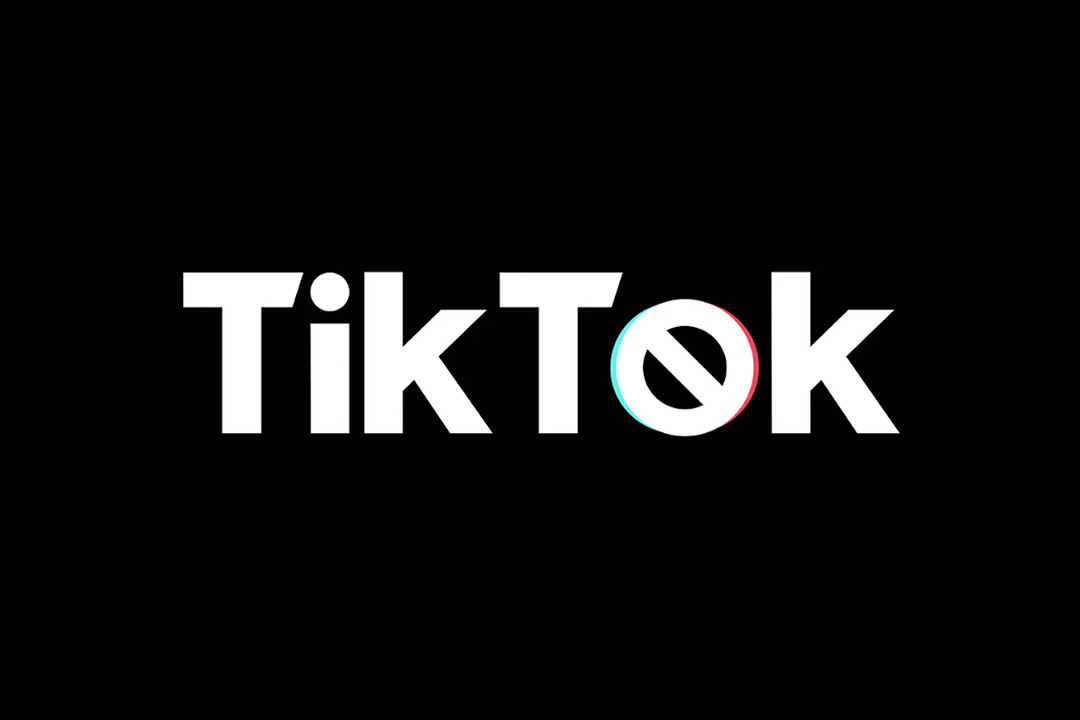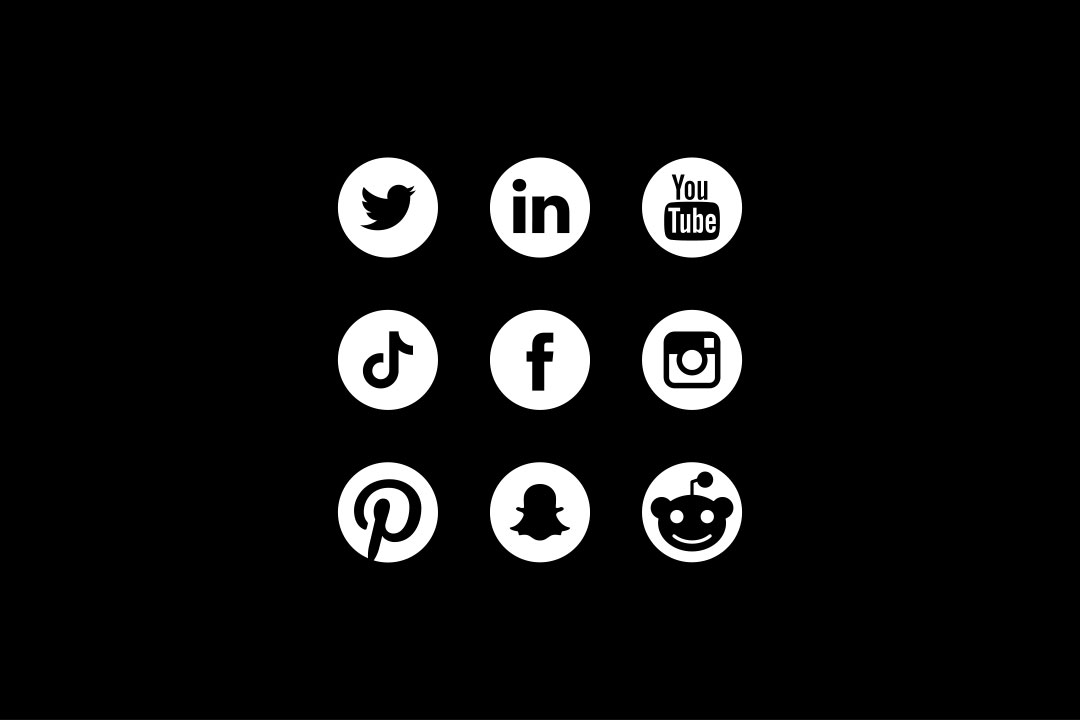I’m a baseball fan…and calling myself a ‘fan’ may be putting it too mildly. Specifically, I’m a fan of the much-maligned Cincinnati Reds. There isn’t a ton to cheer about there lately, but I’m in way too deep to stop caring now. Plus, rooting for a bad sports team builds character…at least that’s what I tell myself to keep from slipping into a deep well of sports-fueled depression and sorrow. I go to games, I read the sports sites and message boards, I know player stats, I know the prospects coming up through the minor leagues, I listen to games on the radio and I watch way too many games on TV and my phone. I wouldn’t say I’m obsessed with baseball…but it wouldn’t take much of a leap into the abyss for me to get there.
All this detail of my near-obsession with baseball is to illustrate why I have been weirdly interested in Disney’s recent purchase of Fox’s entertainment properties. I’m slightly concerned that Mickey Mouse may destroy baseball. Okay…that is, of course, the over-reaction of an over-worried sports fan, but this recent Disney acquisition is certainly leaving my beloved baseball in an uncertain space.
With Disney continuing its long slog towards global domination with the purchase of Fox Entertainment assets, we are starting to see some consequences of these acquisitions on a local level. As part of the $71.3B sale of Fox Entertainment assets to Disney, The Justice Department ruled that Disney must sell off Fox’s 22 Regional Sports Networks in order to not violate Federal Antitrust laws. This means that the local cable sports broadcasts of 42 professional sports teams in most of the biggest markets in the country were up for grabs. This includes 14 Major League Baseball teams, 16 NBA teams, and 12 NHL teams. Make no mistake, even as the world of broadcast TV scrambles to adjust to new digital viewership habits, the world of local sports broadcasting is still a lucrative business. How lucrative it is in the future largely depends on how they manage the continued decline in cable viewership and the rise of cord cutters and online streaming video.
Since the Fox acquisition in March, the future of these RSNs (and my beloved Cincinnati Reds broadcasts) had been in limbo as Disney searched for a willing and sufficiently deep-pocketed buyer. During the sale to Disney, the sports networks were valued at $22.4B. Amazon, Fox Networks (which is different than Disney’s recent purchase, Fox Entertainment, and totally not confusing at all…) and Major League Baseball were all at one point thought to be potential landing spots for the wayward RSNs, but it would seem that not many other people agreed with that $22.4B valuation.
In August of 2019, Disney finally found their buyer. Sinclair Broadcasting Group announced that a $10.6B deal had been finalized to acquire 21 of the 22 RSNs from Disney/Fox via a Sinclair subsidiary named Diamond Sports Group. Interestingly enough (if you are the right kind of nerdy), the one RSN that was not sold in the bundle to Sinclair was the YES Network. The YES Network is home to the wildly popular (and profitable) New York Yankees. It has been the highest rated RSN in 14 of the last 16 seasons and was sold directly to the New York Yankees (and other investors including Amazon…and Sinclair Broadcasting) for $3.47B on its own, nearly a third of the value of the other 21 RSNs combined.
So, now what? Sinclair Broadcasting is the largest local station owner in the United States. They own 193 TV stations (mostly network affiliates) in over 100 markets. In the world of local broadcasting, they are King. Owning the major Regional Sports Networks will only increase their presence on the local level across the country. As RSNs have evolved over the last couple of decades, they have proven able to draw massive local ratings and revenue dollars. They have also been plagued with carrier fee disputes as cable and satellite networks attempt to keep their monthly subscription fees affordable to consumers that are becoming more and more likely to abandon traditional high-priced TV delivery methods for more affordable digital options. It’s possible that changes may be forthcoming to alleviate some of those struggles. Sinclair has yet to announce what, if any, content or branding changes will be made to their newly acquired group of RSNs…a reality that leaves this sports fan in a mild yet persistent state of unease.
While there are certainly a lot of positives (and revenue) involved with owning the broadcasts of all these RSNs, one thing is certain, Sinclair is also now going to be saddled with the not-so-enviable task of dragging local sports coverage into the 21st century. With an ongoing trend towards consumer cord-cutting via services like YouTube TV, Hulu + Live TV and Sling TV, it will be more important than ever that Sinclair carefully navigates the coming years to deliver sports content to those shifting consumers while also continuing to deliver content on local cable and satellite networks. Deciphering the viewing and spending habits of this new, evolving consumer and figuring how to best monetize those habits through advertising dollars is going to take a considerable amount of effort. For the sake of my baseball addiction, I hope they are up to the challenge.
At Ron Foth Advertising, we work daily with cutting-edge media vendors that utilize new and exciting technologies to deliver content to a growing audience segment that has made the switch from traditional media. We also know that speaking to your audience where they are is important to telling your story. We are equipped to help our clients navigate the constantly evolving, modern media and technological landscapes through both traditional messaging like TV, print and radio, or new innovations like geo-fenced mobile ads, streaming TV services and emerging social media platforms. We know our clients are busy. We watch the trends, so they don’t have to.





